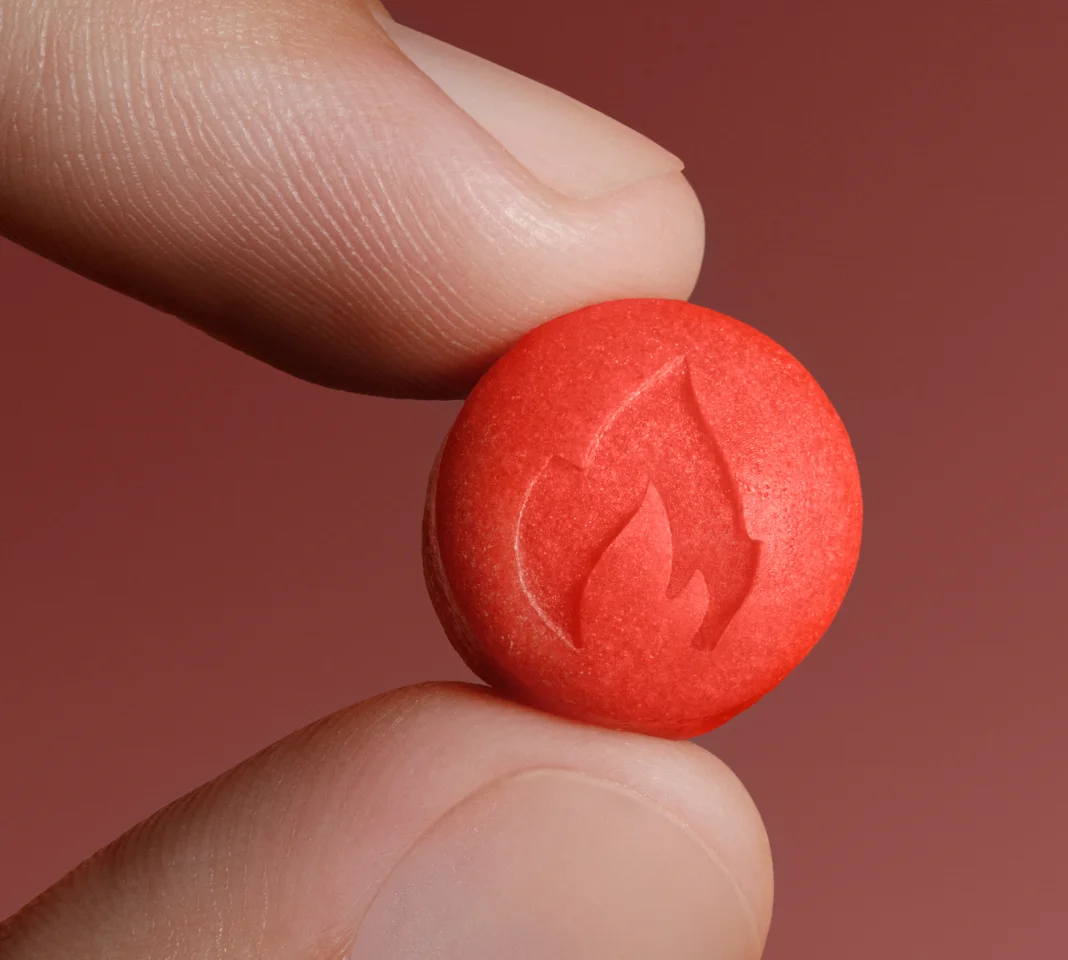Here's what we'll cover
Here's what we'll cover
Here's what we'll cover
Aside from being in the top few things men prefer not to think too much about, circumcision is the surgical removal of the foreskin, the tissue that covers the head (or glans) of the penis. Circumcision is usually performed a day or two after birth (with some notable exceptions, such as in Judaism when it is performed at day eight).
Circumcision is very common in certain parts of the world (e.g., the United States) and less common in other regions (such as Europe, as anyone who's seen a few French films can tell you). In the United States, standards are shifting a bit: In 1979, 64.5% of male babies were circumcised soon after birth; that number fell to 58.3% in 2010. In most Western European countries, the rate is less than 20%. A 2015 poll found that only 33% of American millennials believe boys should be routinely circumcised (Moore, 2015; Ingraham, 2015).
Circumcision is largely done because of religious and cultural traditions. Circumcision is an ancient religious ritual, particularly among Jewish and Islamic communities. (Other religions, such as Catholicism and Protestantism, do not endorse newborn male circumcision as a religious rite but don't discourage it as a matter of personal preferences).
Studies have also shown health benefits to circumcision, although they're a bit controversial. Both the U.S. Centers for Disease Control and Prevention (CDC) and the American Academy of Pediatrics (AAP) have issued policy statements claiming the benefits of circumcision outweigh the risks.There's evidence that circumcision lowers a man's risk for HIV, urinary tract infections in infancy, sexually transmitted infections, and cancer of the penis. But neither agency recommends routine circumcision.
In recent years, small but vocal groups of activists have argued that circumcision is akin to genital mutilation and that, because it permanently changes the body, the decision on whether to be circumcised should be left to each boy when he becomes an adult. This argument doesn't go very far with many circumcised men who are okay with their penises as they are.
And then there's the issue of sexual sensation. Some researchers have posited that because a significant part of the uncircumcised penis is protected by foreskin (the glans), that area is more sensitive compared to an uncircumcised penis, whose head is keratinized (toughened) from constantly rubbing up against underwear and clothing. Studies have been mixed regarding this claim.
Why do people circumcise?
Religious ritual
Circumcision is considered a religious rite in some faiths, including Judaism and Islam. In the Hebrew Bible, circumcision is described as a covenant between the Jewish god and the biblical patriarch Abraham, which must be done when a baby boy is eight days old. Islam, being an Abrahamic religion, observes this tradition.
Easier hygiene
It's somewhat easier to keep a circumcised penis clean than an uncircumcised one. The foreskin develops smegma (a combination of oils and dead skin cells), and it must be retracted while bathing to wash the secretions away and prevent them from building up. Uncircumcised penises don't produce smegma. The foreskin is fixed at birth; boys may be able to fully retract it as early as age five or not until the teen years.
Tradition
Some parents have their sons circumcised because the father is circumcised, and they don't want the boy to look "different." Other parents don't give a toss.
Decreased risk of UTIs
Studies have found that uncircumcised infants have a higher risk of urinary tract infections (Shapiro, 1999).
May decrease the risk of STIs
One study found that circumcision reduced a man's risk of developing genital herpes (HSV-2) by 28% and HPV (human papillomavirus) by 35% (NIH, 2015). Other studies have shown that women with uncircumcised partners are more likely to acquire HPV (which causes most cases of cervical cancer), herpes, trichomonas, chlamydia, and bacterial vaginosis. The World Health Organization says that male circumcision can reduce the risk of heterosexually acquired HIV by 60% (Hernandez, 2010).
May decrease risk of penile cancer
Some studies have shown that uncircumcised males have an increased risk of squamous cell carcinoma of the penis, as much as threefold. The American Cancer Society notes that penile cancer is very rare, and says that after eliminating risk factors like smegma buildup and phimosis (a condition in which the foreskin tightens and becomes unretractable), studies do not show circumcision has a protective effect. It's not clear how smegma buildup might lead to penile cancer, but it may be because the smegma causes chronic inflammation.
Phimosis
In some cases, a foreskin is left intact after birth but needs to be removed later in childhood or adulthood because of the development of phimosis, a condition in which the foreskin becomes painfully tight and can't be fully retracted. A related condition is paraphimosis, in which the foreskin retracts behind the glans and can't be returned to its original position, causing swelling and fluid buildup.
History of circumcision in the US
For decades of early American history, circumcision was rare in the United States. That changed in the 1870s when an orthopedic surgeon named Lewis Sayre developed a theory that circumcision could treat muscle paralysis (seriously: the principle reflex neurosis was certain diseases were caused by chronic irritation of the nervous system, and removing the foreskin would eliminate it).
Soon, doctors were advocating circumcision to treat insanity, epilepsy, paralysis, hernias, tuberculosis, cancer, sexually transmitted diseases, headaches, and other issues (Sorrells, 1999). Victorian doctors promoted it as a “cure” for masturbation, which was considered an unhealthy vice. The same ethos led some doctors to remove some women's clitorises.
Eventually, the procedure became standard, with doctors advocating it as "more hygienic." By the 1970s, roughly 85% of American men were circumcised. But the numbers have been falling ever since.
Potential risks of circumcision
Circumcision has a low risk of complications (from 2–10%), but as with any medical procedure, there are risks. In rare cases, circumcision can cause excessive bleeding, infection, or the foreskin being cut to the wrong size (Sorokan, 2015).
And in recent years, the theoretical risks of circumcision caused a bit of a firestorm—namely, as it relates to sensitivity and sexual pleasure. One study found that being circumcised reduced penile sensitivity and resulted in greater effort to achieve orgasm (Bronselaer, 2013). Critics contend the study was too small, flawed—it didn't compare penile sensitivity before and after circumcision—and based its conclusions on clinically insignificant results. Others pointed up studies that did compare men's sexual satisfaction directly before and after being circumcised and found the vast majority were satisfied.
Additionally, a 2016 Canadian study tested the penile sensitivity of 62 men, half of whom were circumcised and half who weren't. Researchers found no difference between the two groups (Bossio, 2016).
DISCLAIMER
If you have any medical questions or concerns, please talk to your healthcare provider. The articles on Health Guide are underpinned by peer-reviewed research and information drawn from medical societies and governmental agencies. However, they are not a substitute for professional medical advice, diagnosis, or treatment.
References
Baby boys in Western states less likely to be circumcised in hospital. (2013, August 22). Retrieved from https://www.latimes.com/science/sciencenow/la-sci-sn-circumcision-us-rates - cdc-20130822-story.html
Bossio, J. A., Pukall, C. F., Steele, S. S., Department of Urology. (2016). Examining Penile Sensitivity in Neonatally Circumcised and Intact Men Using Quantitative Sensory Testing. Journal of Urology, 195 (6), 1848-1853. https://doi.org/10.1016/j.juro.2015.12.080. Retrieved from https://www.auajournals.org/article/S0022-5347(15)05535-4/abstract
Bronselaer, G. A., Schober, J. M., Meyer-Bahlburg, H. F. L., T'Sjoen, G., Vlietinck, R., & Hoebeke, P. B. (2013). Male circumcision decreases penile sensitivity as measured in a large cohort. BJU International, 111 (5), 820-827. doi: 10.1111/j.1464-410X.2012.11761.x. Retrieved from https://www.ncbi.nlm.nih.gov/pubmed/23374102
Can Penile Cancer Be Prevented? (n.d.). Retrieved from https://www.cancer.org/cancer/penile-cancer/causes-risks-prevention/prevention.html
Does Circumcision Hurt Sexual Pleasure? Study Draws Fire. (n.d.). Retrieved from https://www.livescience.com/27769-does-circumcision-reduce-sexual-pleasure.html
Hernandez, B. Y., Shvetsov, Y. B., Goodman, M. T., Wilkens, L. R., Thompson, P., Zhu, X., & Ning, L. (2010). Reduced clearance of penile human papillomavirus infection in uncircumcised men. Journal of Infectious Diseases, 201 (9), 1340-1343. doi: 10.1086/651607. Retrieved from https://www.ncbi.nlm.nih.gov/pmc/articles/PMC2853736/
Ingraham, C. (2015, May 26). Americans truly are exceptional - at least when it comes to circumcision. Retrieved from https://www.washingtonpost.com/news/wonk/wp/2015/05/26/americans-truly-are-exceptional-at-least-when-it-comes-to-circumcision/
Male circumcision for HIV prevention. (2019, March 12). Retrieved from https://www.who.int/hiv/topics/malecircumcision/en/
Male Circumcision Reduces Risk of Genital Herpes and HPV Infection, but Not Syphilis. (2015, October 22). Retrieved from https://www.nih.gov/news-events/news-releases/male-circumcision-reduces-risk-genital-herpes-hpv-infection-not-syphilis
Moore, P. (2015, February 3). Young Americans less supportive of circumcision at birth. Retrieved from https://today.yougov.com/topics/lifestyle/articles-reports/2015/02/03/younger-americans-circumcision
Shapiro, E. (1999). American academy of pediatrics policy statements on circumcision and urinary tract infection. Reviews in Urology, 1 (3), 154-156. Retrieved from https://www.ncbi.nlm.nih.gov/pmc/articles/PMC1477524/
Sorokan, S. T., Finlay, J. C., Jefferies, A. L., & Canadian Paediatric Society, Fetus and Newborn Committee, Infectious Diseases and Immunization Committee. (2015). Newborn male circumcision. Pediatrics and Child Health, 20 (6), 311-315. doi: 10.1093/pch/20.6.311. Retrieved from https://www.ncbi.nlm.nih.gov/pmc/articles/PMC4578472/
Sorrells, M. L. (1999, January 1). The History of Circumcision in the United States. Retrieved from https://link.springer.com/chapter/10.1007/978-0-585-39937-9_28










